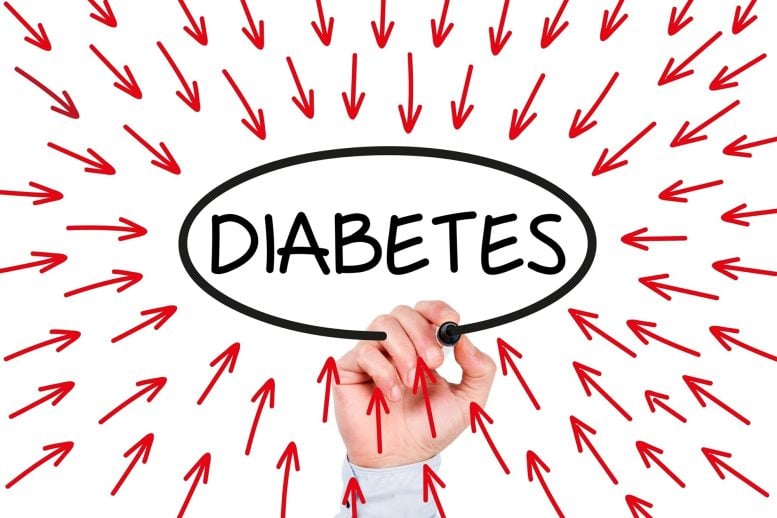
While more individuals with type 1 diabetes are achieving longer lifespans, significant worldwide disparities persist in the access to and quality of diabetes care.
The number of people aged 65 and older with type 1 diabetes increased from 1.3 million in 1990 to 3.7 million in 2019, while death rates fell 25% from 4.7 per 100,000 population in 1990 to 3.5 in 2019, finds an analysis of data from over 200 countries and regions in The BMJ.
Overall, the results show that more people with type 1 diabetes are living longer. However, death rates fell 13 times faster in high-income countries compared with low and middle-income countries, indicating that substantial global inequalities still exist in diabetes care.
Type 1 diabetes is traditionally considered a disease that can severely shorten life expectancy, yet recent studies have reported an increasing number of elderly individuals with type 1 diabetes, likely due to improved treatments and care.
But accurate data on the burden of type 1 diabetes is still lacking in most countries and regions worldwide.
To address this, researchers in China used data from the Global Burden of Disease and Risk Factors Study 2019 to estimate the prevalence (number of people living with the condition), deaths, and disability-adjusted life years (DALYs) – a combined measure of quantity and quality of life – due to type 1 diabetes in individuals aged 65 and older from 204 countries and regions between 1990 and 2019.
Data were analyzed at a global, regional, and national level by age, sex, and sociodemographic index (SDI) – a measure of social and economic development.
Trends in Diabetes Prevalence and Mortality
They found that globally, the age-standardized prevalence rate of type 1 diabetes in elderly people increased by 28% from 400 per 100,000 population in 1990 to 514 in 2019, while deaths decreased by 25% from 4.74 per 100,000 population in 1990 to 3.54 in 2019.
Age-standardized DALYs due to type 1 diabetes also decreased during the same period, but to a lesser extent, by 8.9% from 113 per 100,000 population in 1990 to 103 in 2019.
Globally, the prevalence of type 1 diabetes at least tripled in every age group from 65 to 94 years, especially among men, while death rates decreased across all age groups, particularly among women and those younger than 79. The most significant decrease in DALYs was also seen among those aged under 79.
Regional Variations and Risk Factors
However, death rates fell 13 times faster in countries with a high sociodemographic index versus countries with a low or middle sociodemographic index (-2.17% per year vs -0.16% per year).
While the highest prevalence of type 1 diabetes remained in high-income North America, Australasia, and western Europe, the highest DALY rates were found in southern sub-Saharan Africa (178 per 100,000 population), Oceania (178), and the Caribbean (177).
A high fasting plasma glucose level (higher than normal blood sugar levels after a period of fasting) was the top risk factor for DALYs among older adults with type 1 diabetes during the 30-year study period, indicating that active control of blood glucose remains a challenge for these patients.
The researchers acknowledge that their estimates primarily relied on modeling, and that variations in health information systems and reporting methods across different countries and regions, particularly in low and middle-income countries and in areas experiencing conflict, may have affected the accuracy of their results.
Nevertheless, for older people with type 1 diabetes and their families worldwide, the decreasing mortality and DALYs associated with this disease are encouraging.
Further high-quality real-world research is needed to validate the findings of this study, they write. “Our study also advocates for urgent attention to coping strategies for aging populations and older people with type 1 diabetes, rational allocation of health resources, and the provision of targeted guidelines.”
Reference: “Global burden of type 1 diabetes in adults aged 65 years and older, 1990-2019: population based study” by Kaijie Yang, Xue Yang, Chenye Jin, Shuangning Ding, Tingting Liu, Bing Ma, Hao Sun, Jing Zhang and Yongze Li, 12 June 2024, BMJ.
DOI: 10.1136/bmj-2023-078432
The study was funded by the National Natural Science Foundation of China and the China Postdoctoral Science Foundation.